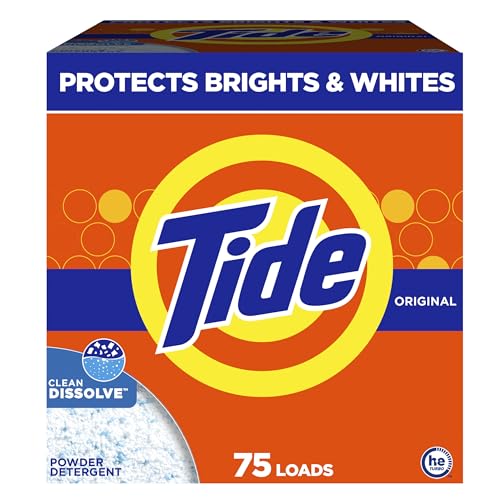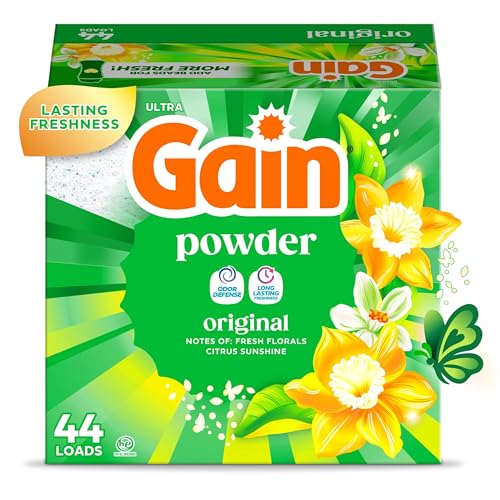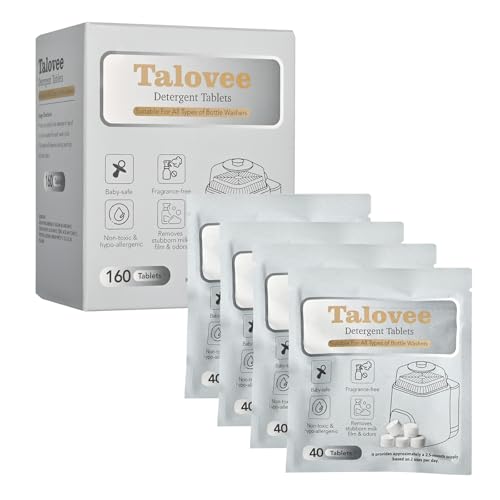Understanding High Efficiency Washers
High Efficiency (HE) clothes washers have emerged as a compelling alternative to traditional washing machines, offering several advantages that align with modern environmental standards and consumer needs. The fundamental design of HE washers focuses on maximizing water and energy efficiency while maintaining superior cleaning performance. Unlike conventional washers, which operate on a fill-and-soak method, HE washers utilize a tumbling action that allows for greater agitation with much less water. This innovative approach results in a significant reduction in water consumption, which is crucial in conserving this vital resource.
The functionality of HE washers revolves around their unique technologies, including sensors that gauge load size and soil levels. These sensors adjust the wash cycle accordingly, ensuring that only the required amount of water and detergent is used. As a result, consumers not only save on utility bills but also minimize their environmental footprint. The machines are designed to use high-efficiency detergents that produce fewer suds, which is essential for optimal performance. Traditional detergents can lead to buildup, ultimately affecting the washer’s efficiency and performance.
Furthermore, HE washers typically feature advanced spinning technology, which extracts more water from fabrics during the rinse cycle. This capability reduces drying time and energy consumption in the subsequent drying process. These machines are engineered to provide cleaner laundry results, often with fewer wash cycles needed over time. However, it is essential to be aware that the distinct nature of HE washers demands special attention in terms of usage and maintenance. Understanding the operational parameters and following the manufacturer’s guidelines will significantly extend the life of the appliance, ensuring that it continues to deliver exemplary performance for years to come.
Routine Maintenance Practices
Maintaining a High Efficiency (HE) clothes washer is essential for ensuring optimal performance and prolonging its lifespan. Regular upkeep can mitigate issues such as inefficiency, odors, and mechanical malfunctions. One of the first steps in a routine maintenance schedule should be to clean the detergent dispenser regularly. This component can accumulate detergent residue and fabric softener over time, leading to clogs that can reduce washing effectiveness. To clean the dispenser, remove it from the machine and rinse it under warm water, using a soft brush to dislodge any stubborn build-up.
Another crucial aspect of maintaining HE washers is checking and cleaning the filter. The filter plays a key role in trapping lint and debris, ensuring that the machine functions efficiently. Refer to the user manual for the exact location of the filter, as well as the intervals recommended for cleaning. Typically, it is advisable to inspect the filter every few months, or more frequently if the machine is heavily used.
Inspecting the hoses for leaks or wear is also vital for avoiding water damage and ensuring appliance safety. Look for any signs of bulging or cracks in the hoses; if any issues are identified, replace the hoses promptly to prevent leaks. Additionally, running maintenance cycles using products specifically formulated for HE washers is beneficial. These products are designed to eliminate detergent buildup and eliminate odors that may occur inside the drum.
Lastly, maintaining the exterior of the washer and the surrounding area is important. Regularly wipe down surfaces to prevent the growth of mold and mildew, particularly in damp environments. Keeping the area clean and dry not only enhances machine performance but also fosters a healthier laundry room environment. By following these essential routine maintenance practices, users can enjoy their HE washers without experiencing common issues.
Proper Use and Usage Tips
High efficiency (HE) clothes washers are designed to provide optimal cleaning while minimizing water and energy consumption. To ensure longevity and maintain performance, it is essential to follow best practices when using these machines. One of the key factors is to understand the appropriate load sizes. Overloading the washer may seem like a time-saving option, but it can significantly hinder the machine’s efficiency. A full load should allow for adequate movement of clothes, which ensures effective washing and rinsing.
When selecting the type of detergent, it is imperative to use only HE-specific laundry products. Non-HE detergents create excessive suds that can lead to problems in the washer’s operation, including incomplete rinsing and increased wear and tear on machine components. The amount of detergent is equally important; while it might be tempting to use more for better cleaning, using the correct amount based on the load size and soil level is crucial. Most HE washers require less detergent compared to traditional machines, and adhering to the manufacturer’s recommendations prevents residue buildup that can affect performance.
Another common mistake is neglecting to use the appropriate settings on the washer. High efficiency washers come with various cycles tailored to specific fabric types and soil levels. Utilizing the correct setting not only enhances cleaning effectiveness but also protects garments from damage. Regular maintenance is equally essential; routine cleaning of the washer drum, as well as the detergent and fabric softener dispensers, can prevent mold and odor accumulation.
By following these guidelines, users can maximize the efficiency of their high efficiency washers, ensuring they operate effectively while prolonging their lifespan. Understanding the machine’s operational requirements fosters better cleaning outcomes and protects the investment made in laundry technology.
Troubleshooting Common Issues
High efficiency clothes washers are designed to provide superior cleaning while using less water and energy. However, like any appliance, they may encounter common issues that can affect their performance and longevity. One prevalent issue is unpleasant odors emanating from the washer. This odor usually results from mold, mildew, or the buildup of detergent residues in the machine. To mitigate this problem, it is advisable to leave the door ajar after each wash to allow air circulation and to regularly clean the gasket and drum with a mixture of vinegar and baking soda.
Another frequent concern is the presence of leftover detergent in the drum post-cycle. This issue often arises from using too much detergent or choosing a detergent that is not formulated for high efficiency washers. Manufacturers typically recommend using only the amount specified on the detergent packaging for high-efficiency models. To resolve detergent buildup, consider running a hot water cycle without any clothes to help dissolve any remaining residue and ensure an adequate rinse.
Excessive vibration during operation is also a common issue observed in high efficiency washers. This excessive movement can lead to premature wear and tear of the appliance. Potential causes include an unbalanced load, improper leveling of the washer, or worn shock absorbers. Always ensure that the washer is properly leveled with all four feet securely on the floor before running a cycle. For unbalanced loads, redistribute garments evenly within the drum to avoid excessive vibrations during the spin cycle. If vibrations persist despite these measures, it may be necessary to consult the user manual for further troubleshooting steps.
While many issues can be resolved by following these suggestions, it is important to recognize when to seek professional repair services. If problems continue despite troubleshooting, contacting a qualified technician can ensure that the washer remains in optimal working condition.








